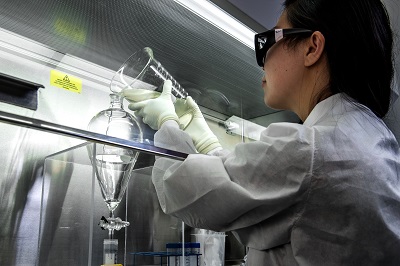Handling TGA (Therapeutic Goods Administration) registration of Class IIb medical devices in Australia requires adherence to specific regulatory requirements and processes. Here’s a breakdown of the key requirements for successfully navigating this registration:
1. Device Classification
- Confirm Classification: Ensure your device is accurately classified as Class IIb according to the TGA classification guidelines. This classification determines the regulatory pathway and requirements for your device.
2. Conformity Assessment
- Assessment Pathway: Identify the appropriate conformity assessment pathway for your device. This may include:
- Self-assessment for lower-risk devices or simpler cases.
- Third-party assessment by a TGA-approved Conformity Assessment Body (CAB) for more complex or higher-risk devices.
- Compliance with Essential Principles: Ensure that your device complies with the TGA’s Essential Principles, which outline safety, performance, and labeling requirements.
3. Technical Documentation
- Comprehensive Technical File: Prepare a technical file that includes:
- Device Description: Detailed specifications, intended use, and operational principles.
- Quality Management System (QMS): Documentation demonstrating compliance with ISO 13485 or other relevant standards.
- Clinical Evidence: Data supporting the safety and efficacy of the device, including clinical trials or studies if applicable.
- Risk Management File: Document identifying potential risks associated with the device and measures taken to mitigate those risks.
- Labeling and Instructions for Use (IFU): Proposed labels, packaging, and instructions that comply with regulatory standards.
4. Regulatory Compliance
- Quality Management System: Implement and maintain a robust QMS that meets ISO 13485 requirements. This is critical for ensuring consistent product quality and compliance with regulatory requirements.
- Post-Market Surveillance: Establish a system for monitoring the performance of the device post-market. This includes collecting and analyzing feedback, reporting adverse events, and taking corrective actions when necessary.
5. Application Submission
- TGA Business Services (TBS) Portal: Register and log in to the TGA Business Services portal to submit your application.
- Medical Device Application (MDAN): Complete the medical device application form, providing all necessary information and supporting documents.
- Payment of Fees: Pay the required application fees as per the TGA’s fee structure.
6. Review and Approval
- Prepare for Assessment: Be ready to respond to any requests for additional information from the TGA during the review process. This may involve providing clarification or further evidence to support your application.
- Understand Review Timelines: Familiarize yourself with the typical timelines for application reviews, as they can vary based on the complexity of the device and the completeness of the submission.
7. Ongoing Obligations
- Post-Market Compliance: Once your device is registered, maintain compliance with ongoing regulatory obligations, including:
- Adverse Event Reporting: Report any adverse events or incidents involving your device to the TGA.
- Device Tracking: Implement a system for tracking and monitoring device performance and safety in the market.
- Periodic Reviews: Conduct regular reviews of your QMS and post-market data to ensure ongoing compliance.
Additional Considerations
- Engage Regulatory Experts: Consider consulting with regulatory affairs professionals or legal advisors who specialize in medical device regulations to navigate the TGA registration process effectively.
- Stay Informed: Keep up to date with TGA guidelines, changes in regulations, and best practices for medical device registration and post-market surveillance.
Conclusion
Successfully handling TGA registration of Class IIb medical devices requires careful attention to regulatory requirements, thorough documentation, and ongoing compliance with safety and performance standards. By following these requirements, you can facilitate a smoother registration process and ensure that your device meets the necessary regulatory standards for safe and effective use in Australia.

Contact Us:
Whatsapp or Wechat:+86 15816864648;email address:hito.lin@grzan.cn
.png)
.jpg)

.png)

.png)